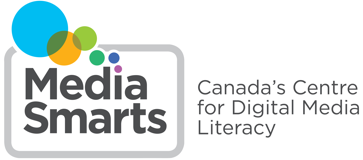Fashion Industry 12
Curricular Competencies
Students are expected to be able to do the following:
Applied Design
Defining
- Identify and analyze potential users or consumers for a chosen fashion design opportunity
- Identify criteria for success, constraints, and possible unintended negative consequences
Ideating
- Identify, critique, and use a variety of sources of inspiration and information
- Take creative risks in generating ideas and add to others’ ideas in ways that enhance them
- Screen ideas against criteria and constraints, and prioritize them for prototyping
- Critically evaluate the impacts of competing social, ethical, economic, and environmental considerations on fashion locally, nationally, and globally
- Work with users throughout the design process
Prototyping
- Choose an appropriate form, scale, and level of detail for prototyping
- Analyze the design for the life cycle and evaluate its impacts
- Demonstrate appropriate use of a variety of tools, materials, and processes to create and refine textile items
Testing
- Identify and communicate with sources of feedback
- Develop appropriate tests of the prototype
- Evaluate design according to critiques and success criteria for continuing iterations of the prototype or abandoning the design idea
Making
- Identify appropriate tools, technologies, materials, processes, cost implications, and time needed for production
- Create design, incorporating feedback from self, others, and prototype tests
- Use materials in ways that minimize waste
- Use project management processes when working individually or collaboratively to coordinate production
- Share progress while creating to increase feedback, collaboration, and, if applicable, marketing exposure
Sharing
- Decide on how and with whom to share or promote product, creativity, and, if applicable, intellectual property
- Critically reflect on their design thinking and processes, and identify new design goals
- Assess ability to work effectively both as individuals and collaboratively while implementing project management processes
- Identify and analyze new design possibilities, including how they or others might build on their concept
Applied Skills
- Apply safety procedures for themselves, co-workers, and users in both physical and digital environments
- Identify and critically evaluate skills needed for design and production interests, and develop specific plans to learn or refine them over time
Applied Technologies
- Explore existing, new, and emerging tools, technologies, and systems to evaluate suitability for design and production interests
- Evaluate impacts, including unintended negative consequences, of choices made about technology use
- Analyze the role technologies play in societal change
- Examine how cultural beliefs, values, and ethical positions affect the development and use of technologies on a national and global level
